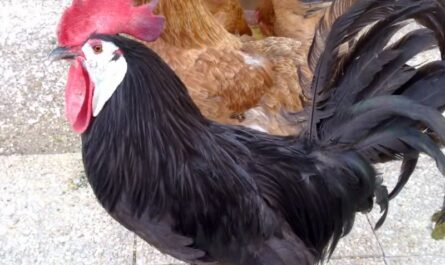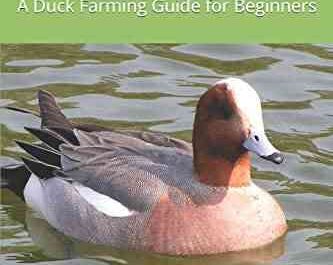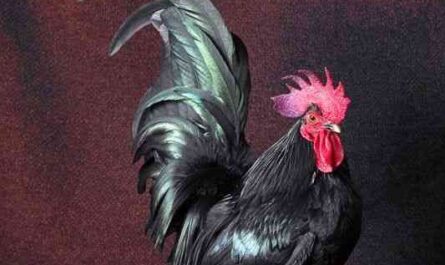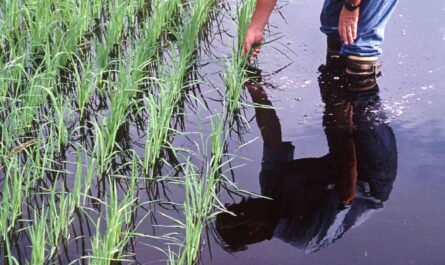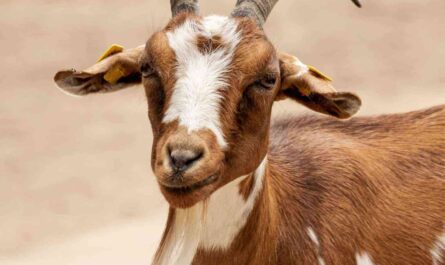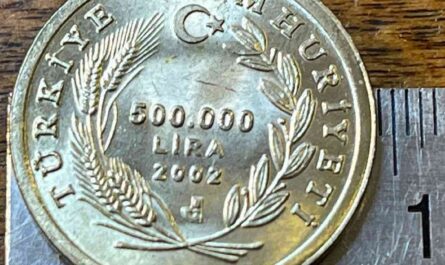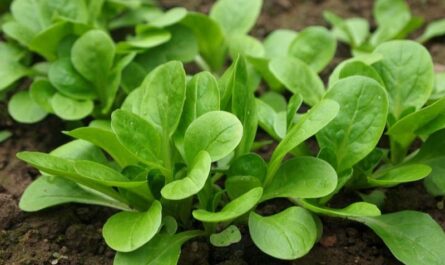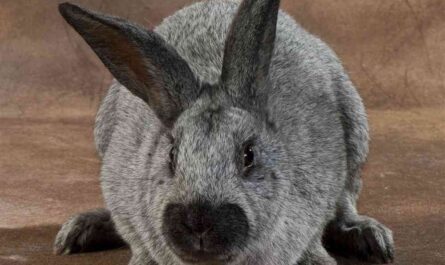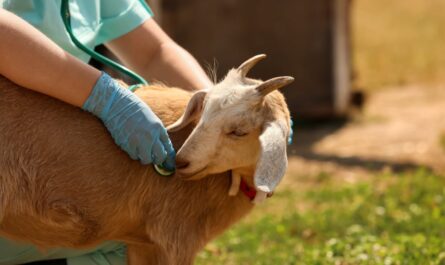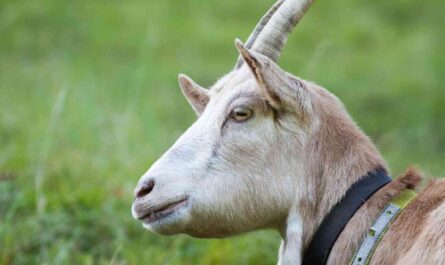The Asian swamp eel is a species of air-breathing fish in the family Synbranchidae. It is a very important food fish.
It is also known by other names such as Rice Eel, Swamp Eel, Paddy Eel, Belut, Rice Paddy, Ta-unagi and white rice eel. It is native to the waters of East and Southeast Asia. And it has been identified as an invasive species in the North American Everglades.
The Asian swamp eel is native to parts of East and South Asia, and possibly also Australia.
It is mainly found in muddy ponds, canals, rice fields, swamps and medium to large rivers. Learn more about this type of fish below.
Characteristics of the Asian Swamp Eel
The Asian swamp eel has an elongated serpentine body. They have a blunt, rounded nose. They have a tapered tail and lack pectoral and ventral fins. The anal, dorsal and caudal fins are vestigial; the caudal fin is often absent.
These fins serve to prevent the swamp eel from rolling and to facilitate sharp turns and stops. The gill membranes of the Asian swamp eel are fused, but there is a V-shaped gill under the head. This form prevents reflux.
The body and head of the Asian swamp eel are dark, with dark olive or brown dorsal coloration and light orange ventral coloration. But some eels can also be brightly colored with yellow, black, and gold markings.
Their mouths are large and elongated, and their upper and lower jaws have tiny teeth for eating fish, crustaceans, worms, and other small aquatic animals at night.
The average body length of mature eels is 25 to 40 cm, but they can reach a body length of up to 100 cm, and a mature eel can reach around 450 grams in live weight. Photos and information from Wikipedia.
some products
The Asian swamp eel’s main diet consists of fish, shrimp, crustaceans, fish, crayfish, turtle eggs, frogs, and sometimes detritus.
reproduction
The Asian swamp eel is hermaphroditic. All the juveniles are female and some of them acquire a male phenotype when the juveniles begin to mature.
Males are able to change sex. This feature allows them to replenish the female population at low female densities. And this sex change can take up to a year.
Females spawn in bubble nests located in shallow water and spawning can occur throughout the year.
These bubble nests float on the surface of the water and are not attached to aquatic vegetation. Females can lay up to 1,000 eggs in a single clutch.
Advantages
The Asian swamp eel is mainly used for food. In the native range, this is very important from an economic point of view.
Special Notes
The Asian swamp eel is a very hardy and strong species of fish. It can breathe air and travel on land if wet. Some may also go a week or several weeks without food.
He has versatile mobility and is even able to move on land for short distances.
Today, this species is mainly used for food and is among the common fish found mainly in Asia, from India, southern China to Malaysia and Indonesia.
It is a very important source of protein for people in northeast Thailand. It is found in both tropical and temperate climates.
And they prefer to live in ponds, ditches, rice paddies and streams. However, check out the full breed profile of the Asian Swamp Eel in the table below.
video
| Last name | Asian swamp eel |
| Kingdom | animal |
| phylum | chords |
| To classify | Actinopterygia |
| order | shaped like fused gills |
| A family | Synbranchidae |
| Gender | monopter |
| see | Mr. albus |
| Binomial name | Monopterus albus |
| Other names | Also known by other names such as rice eel, swamp eel, rice eel, belut, rice eel, ta-unagi, and white rice eel. |
| Purpose of the breed | Mainly food |
| The weight | Can reach 450 grams live weight |
| Special Notes | Hardy and hardy species, can breathe air and can also travel on land, can live up to a week without food, now used mainly for food, one of the common fish found mainly in Asia, a very important source of protein for the inhabitants of the northern eastern part of Thailand, located in both tropical and temperate climates, prefers to live in ponds, ditches, rice fields and streams. |
| Breeding method | Natural |
| climatic tolerance | native climate |
| skin color | Generally dark, with dark olive or brown back and light orange belly. Some may also be brightly colored with yellow, black, and gold flecks. |
| scarcity | general |
| Availablity | South Asia |

